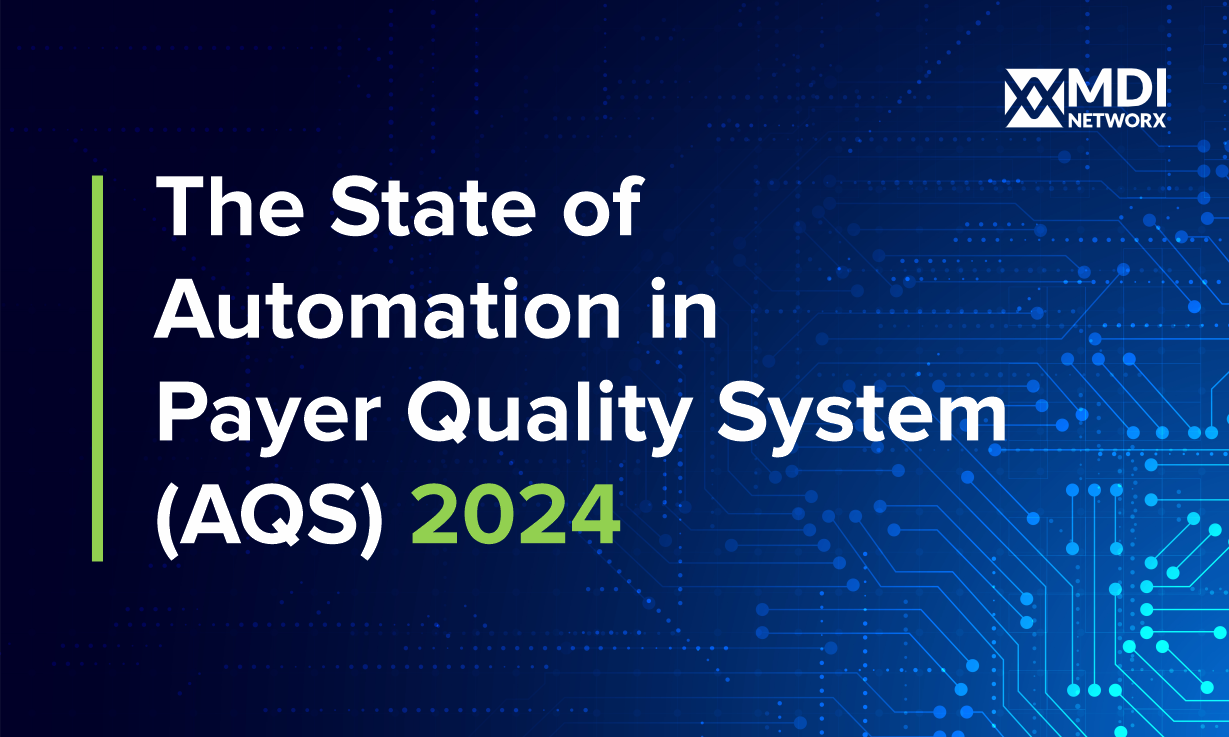Introduction
Effective communication in healthcare must provide patient satisfaction, promote adherence to treatment plans, and achieve healthier outcomes. Advanced technology and interoperability are paramount in meeting these goals, and modern healthcare provider call centers make it possible. This blog explores the critical way contact center solutions expand communication for providers and patients in the healthcare industry, all enabled by that same 20/20 visibility made available to enterprise organizations worldwide.
It has evolved from Answering the Phone to Providing Care.
All healthcare provider call centers do much more today than process inquiries; they are now part of modern patient care. This has enabled these centers to become much more proactive in their engagement by providing educational materials and ongoing opportunities for communication. Advanced technologies like AI and automation are integrated into their functions, greatly improving their capabilities to manage patient interactions much faster and more effectively.
Effective Member Communication
Good communication between health plans and their members helps patients understand their conditions, comply with treatment plans, and actively participate in their health care. Modern provider call centers serve as the lifeblood of this communication flow, helping connect members with the crucial information and support they need.
Benefits of Cutting-Edge Healthcare Provider Call Center Software
Superior Patient Experience: AI- and ML-powered technologies streamline the capabilities of call centers, allowing patients to engage in more personalized interactions. These technologies enable personalized advice or interactions with members and, in a few cases, can predict their needs, creating a superior patient experience. For example, by allowing AI-driven chatbots to handle basic queries, human agents can give time to more intricate matters, thus increasing patient satisfaction.
Automated Systems: AI-driven tools and automated systems are in place at the call center, increasing efficiency and reducing wait times. These tools handle call volumes, route callers to the right department, and offer real-time statistics for resource optimization. This means we increase member satisfaction and provide optimal resource use within the healthcare organization.
Better Patient Health: Regular interaction through call center modernization allows for earlier detection of health issues, prescription compliance, and long-term follow-ups. This continued involvement can also positively impact health by catching potential problems before they grow too large.
Best Practices for Healthcare Call Centers
Implement Advanced Technology: AI and machine learning can dramatically improve call center capabilities. Through predictive analytics, we can predict what our members will want and solve it before they even realize there is an issue. This requires efficient call-routing systems that connect patients to the right specialist quickly.
Training and Development: Continuous training is vital for phone center agents. These include empathy, listening, and problem-solving so agents can answer various member requests more confidently. Along with medical knowledge updates, healthcare communication requires some specialized training as part of high service standards.
Engage Members with Personalization: Personalization is the key to winning member satisfaction. Call centers should use CRM data to learn their history, what they care about most (preferences), and why. Use this information in every call. Patients can be greeted with their names and personalized care recommendations, making them feel special. The physician's caring attention makes their overall experience better.
Use Multichannel Communication: Members should be able to contact you via their preferred channel, including phone, email, chat, and social media. A seamless multichannel approach allows members to access your information anytime, anywhere.
Performance Monitoring: Continuous evaluation of performance by checking key metrics like call resolution time, member satisfaction scores, and feedback helps recognize the areas that need improvement and keeps a check to enhance services.
The Healthcare Provider Call Centers of Tomorrow
As technologies continue to advance, the outlook for future healthcare provider call centers is quite bright. Advancements like virtual health assistants, telemedicine integration, and better data analytics are expected to expand the quality of patient experience in the future. These will allow healthcare organizations to be ahead of the curve and remain at the forefront of patient-centered care.
Conclusion
Modern healthcare provider call centers are essential in plan-to-member connectivity and outcomes, resulting in better healthcare. From implementing best practices to capitalizing on cutting-edge technology, health plans can transform traditional call centers into strategic assets for both member satisfaction and operational effectiveness. As the healthcare landscape tightens, provider call centers will become reliable and critical to member engagement processes.




